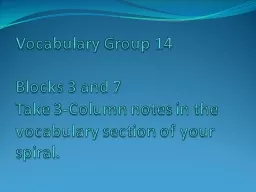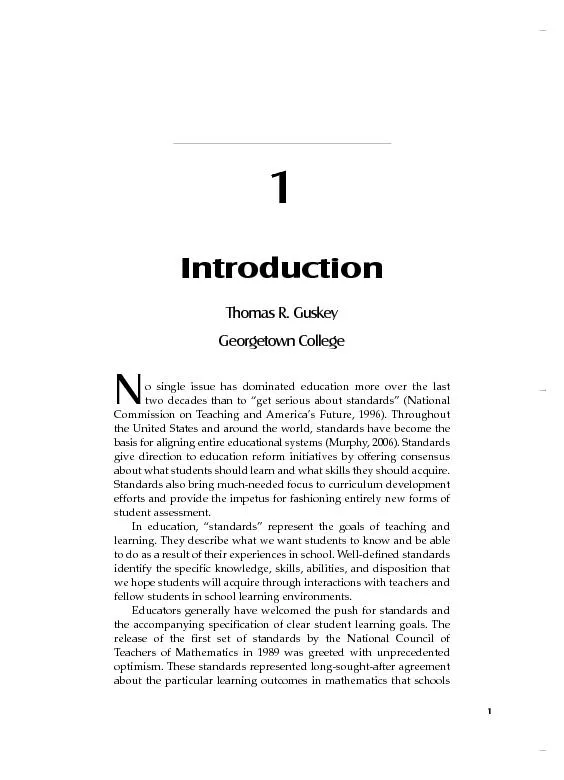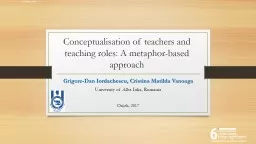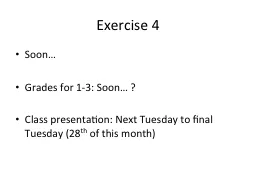PDF-and teachers should help students attain. Soon thereafter, other pro-f
Author : calandra-battersby | Published Date : 2015-11-15
Practical Solutions for Serious Problems in StandardsBased Grading GuskeyFINLqxp 71408 224 PM Page 2 leaders and teachers charged with addressing these major gradingproblems
Presentation Embed Code
Download Presentation
Download Presentation The PPT/PDF document "and teachers should help students attain..." is the property of its rightful owner. Permission is granted to download and print the materials on this website for personal, non-commercial use only, and to display it on your personal computer provided you do not modify the materials and that you retain all copyright notices contained in the materials. By downloading content from our website, you accept the terms of this agreement.
and teachers should help students attain. Soon thereafter, other pro-f: Transcript
Download Rules Of Document
"and teachers should help students attain. Soon thereafter, other pro-f"The content belongs to its owner. You may download and print it for personal use, without modification, and keep all copyright notices. By downloading, you agree to these terms.
Related Documents













